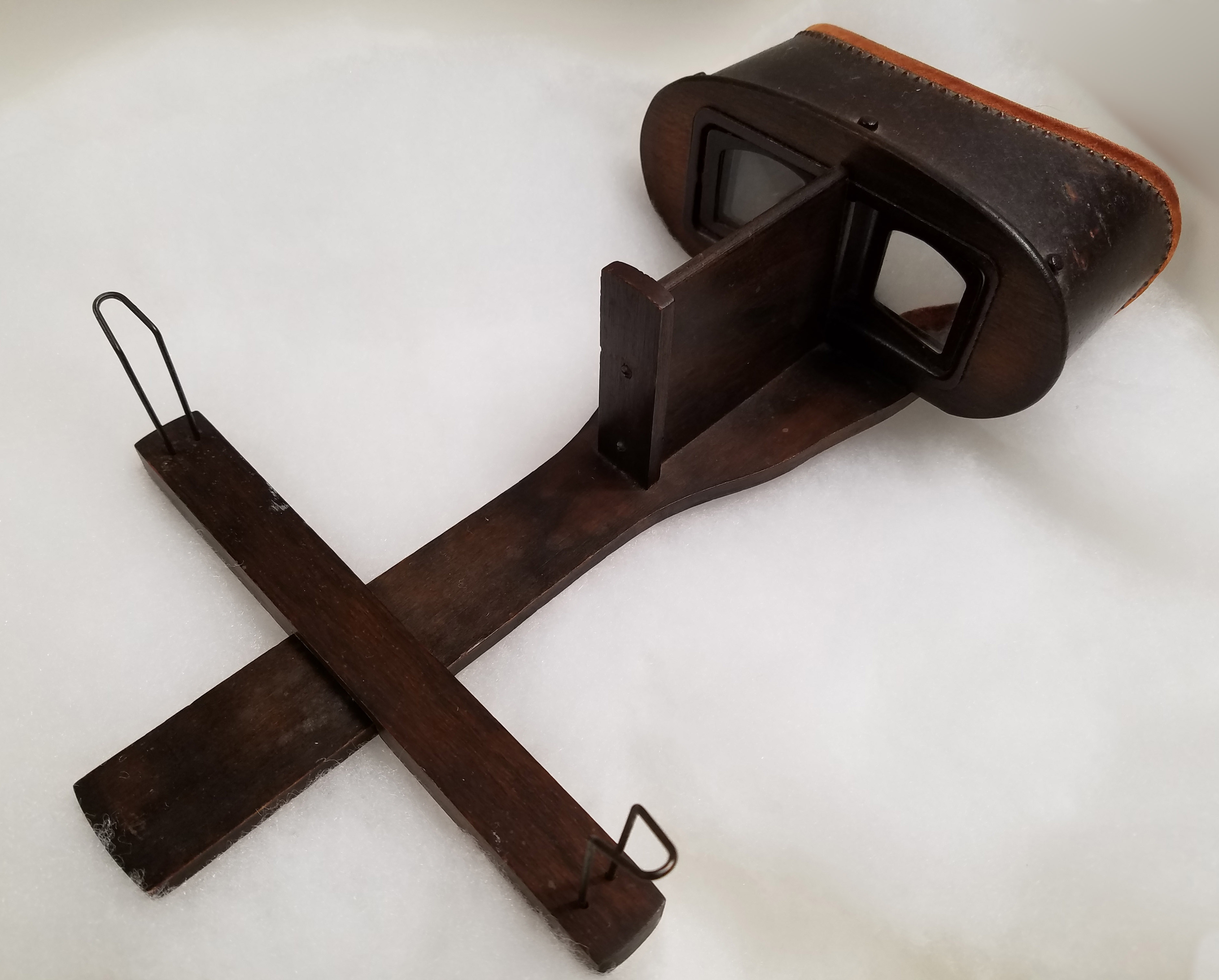Background on Keystone View Company

Stereoscope
The Keystone View Company was founded in Meadville, Penn., B. L. Singley. Born in 1864 in Union Township, in southwestern Pennsylvania, Singley was a student at Allegheny College in Meadville while working as a salesman for the stereographic producer and distributor Underwood & Underwood. The first stereo cards sold under the Keystone name were Singley's own photographs of the 1892 French Creek flood. The novelty of viewing images in three dimensions, whether of a natural disaster, world events, or tourist sights, coincided with evolving technologies for popular entertainment. By 1905, Keystone was incorporated and opened its Educational Department, creating many educational products and sets designed for classroom use, with an emphasis on social studies, geography, and the sciences. Although still headquartered in Meadville, it had branch offices in several major cities and staff photographers all over the world.
By 1920-21 Keystone had bought the stereographic inventories of several of its competitors, including that of Singley's former employer, Underwood & Underwood. Ultimately boasting an inventory of more than 50,000 images (sometimes claiming as many as two million, though these numbers are generally thought to be inflated), Keystone became the largest company of its kind in the world. In 1932, Keystone launched its Stereophthalmic Department, which included stereoscopic vision tests and products for testing vision and training and correcting vision problems.
Singley retired as Keystone's president in 1936 or 1937 and died in 1938. Under two longtime employees, Keystone continued to operate until it was bought by Mast Development Company, of Davenport, Iowa, in 1963. As a subsidiary of Mast, it produced telebinoculars, eye-training equipment, and overhead projectors. Keystone's stock was donated to the California Museum of Photography in the late 1970s, but the Keystone name continues to be used on eye-training equipment.

